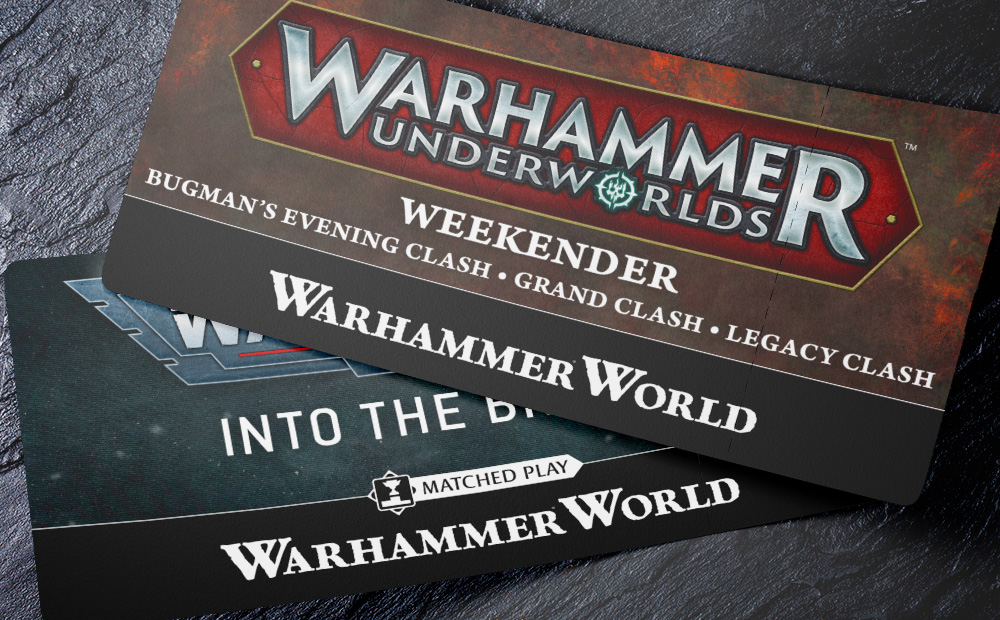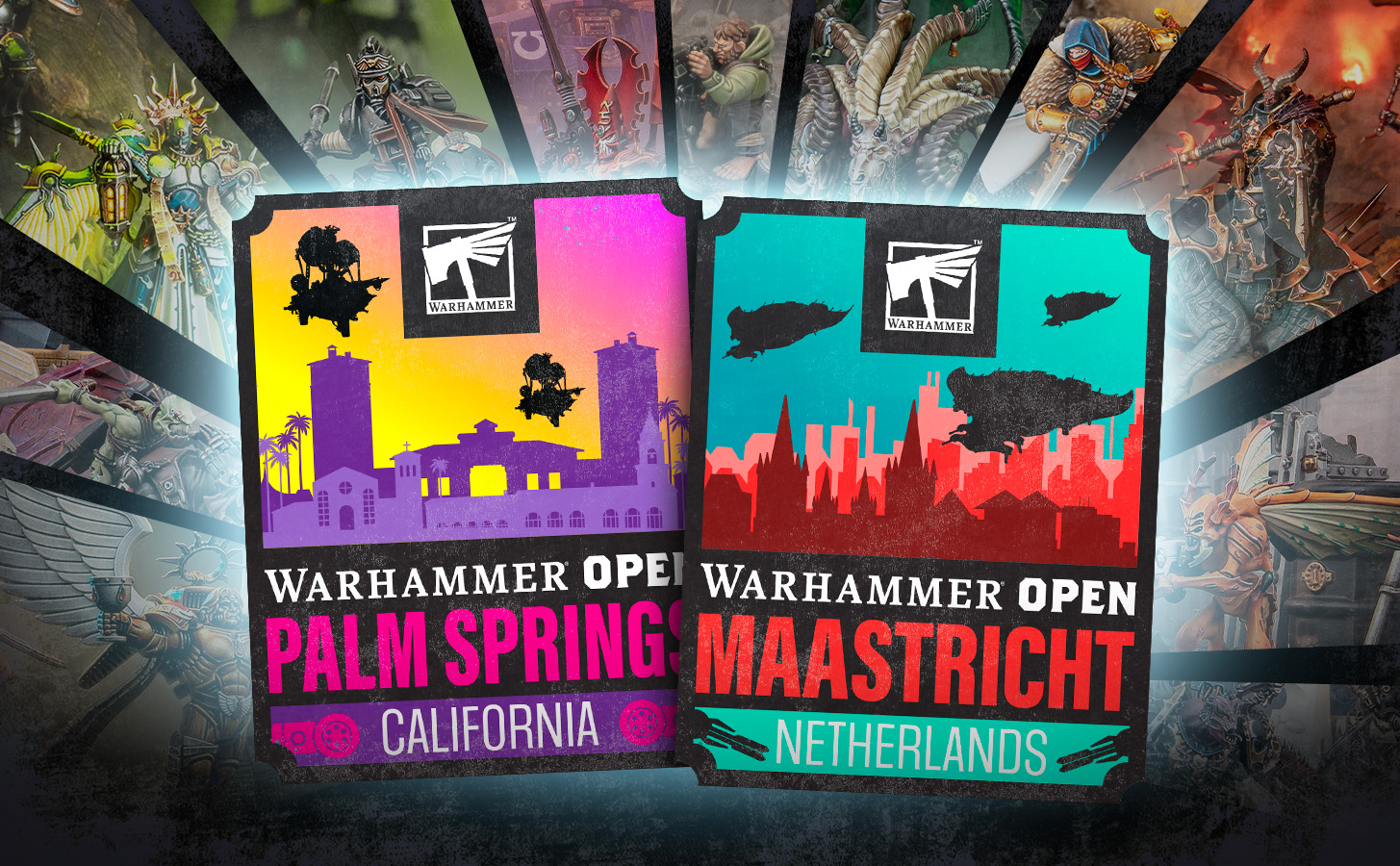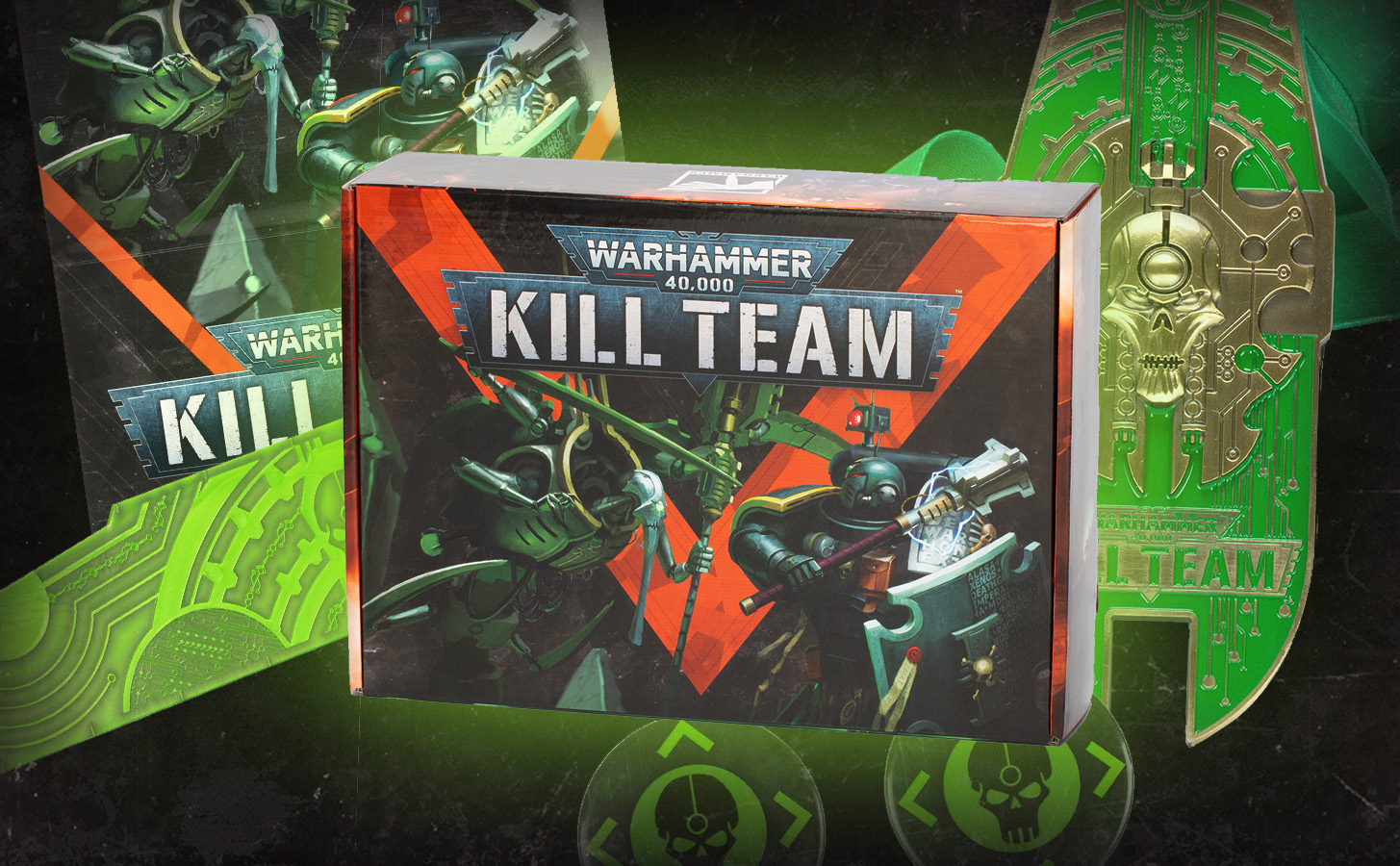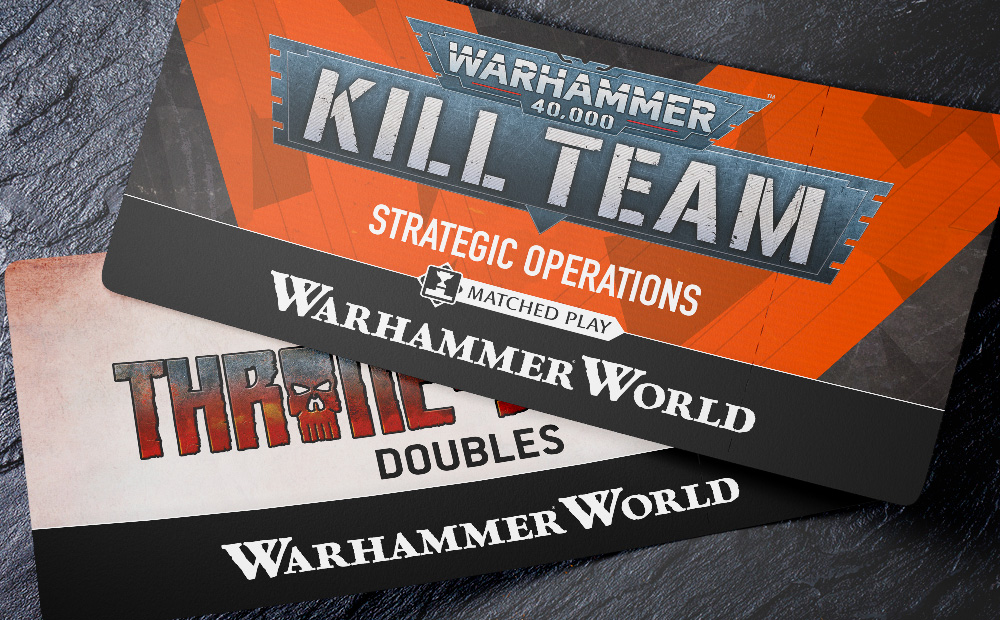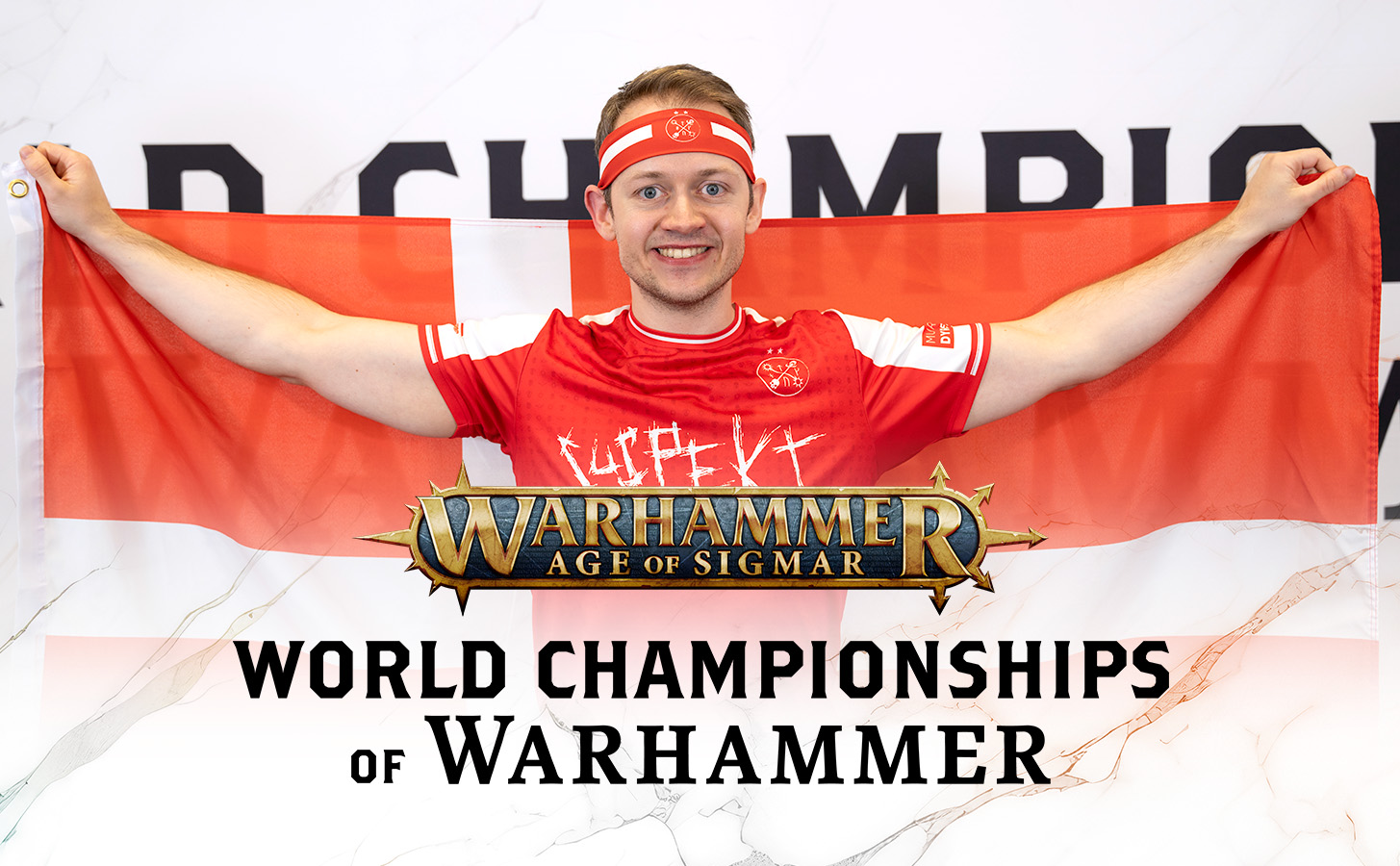With such a rich background established over four decades, Warhammer rewards storytelling just as much as it does hyper-competitive tournament events. The epic Grand Narrative event in Atlanta, GA will be the culmination of months of hard work from the Warhammer Global Events Team – which will all come alive when players take part this November.

The team have been sharing tips for budding Game Masters on how to run their own narrative events, whether they’re taking place on their kitchen table or at their local gaming club. Today, we’re talking about setting.
Creating your setting in the lore
The Grand Narrative focuses on the Kessandras system – the same system which contains the planet Volkus from Kill Team: Hivestorm. Fighting is intense, split across a series of planets, moons, and void stations from the jungles ofç and frozen oceans of Rorgan, to the Astropathic Relay on the moon of Ochari, and Da Kill-sphere: the deadly, labyrinthine creation of the Ork Big Mek Glitcha (one of this year’s Lords of War).
Very few systems in Warhammer 40,000 are totally isolated from warp travel, and Kessandras has stable links to a series of other systems that trade materiel and information. These Combat Zones include the Shrine World of Imperator’s Grace, home to strange subterranean anomalies and a target for Xenos raids, or the Urban War Zone of Minoa, which is in the grip of a civil war started by various cults and cabals.

These locations are not just there so you can dress your tables up with varied terrain – although it is a great way to add some variety to your event – they’re also a way to get disparate factions and players involved. It would not feel natural to have every faction in Warhammer 40,000 turn up in Kessandras itself, but these links to outlying systems provide an in for everyone.
Creating your setting on the tabletop
Once you’ve defined your planets with their background and tables, you can go one step further to really immerse your players in your setting. Theming your game areas can make things that little bit more memorable, and can be as simple as picking up coloured LED lights – red for industrial and hive areas, greens and blues for jungles and deserts – alongside scented candles and diffusers (hypoallergenic so no-one gets the sniffles) to reinforce the vibe.

If you’ve got control of the heating (or can grab a space heater) you can crank it a few degrees higher than normal for desert and forge worlds – just remember to make sure you aren’t making things too uncomfortable for your players. For shrine worlds and other Imperial settings, cheap prop candles with flickering LEDs can work as votive candles, and you’ll have no trouble picking up a bunch around Halloween (try and avoid real candles – which are a fire risk). Likewise, appropriate playlists can go a long way towards setting mood: think organ music for shrine worlds and pumping industrial for forge worlds!

These simple things work together to create fun, campy ambiance that helps reinforce the immersive narrative vibe of your event. Combine that with a bit of dress-up for the players and umpires, and you’ve suddenly got a ton of instant mood and teams who are immediately ready to start referring to one another as ‘My Lord’ or ‘Zoggin’ gitz’. It really requires very little to transform your gaming room into a true warzone.
Battlefield injects
Game masters can – and should – also add ‘battlefield injects’ to affect proceedings. Maybe your ice world is so inhospitable that troop movement and vision are impaired by subzero temperatures and raging blizzards, or perhaps your jungle is packed with noxious flora and fauna that can injure forces hunkering in terrain that would be protective elsewhere.

Void and orbital stations can more easily come under attack from enemy ships, and may suffer devastating bombardments which wipe out tactical assets, directly affecting your players’ forces. It’s important to remember that your players should have agency through all of this: you might have spent a lot of time coming up with your combat zones and interesting mechanics, but your players have spent a lot of time creating their armies and painting their miniatures and won’t be happy if you materially change how they function. Be sure to set expectations and talk with your players – remember that they’re the stars of the show, and that without them your narrative is just a story that isn’t getting told.

Ultimately you’re all working together to tell a one-of-a-kind story, with cool and interesting characters, memorable battlefields and associated effects, and wrapping it all in your favourite Warhammer system – or systems if you’re ambitious!
You can share your hobby and gaming exploits from the Kessandras System on Facebook, X, and Instagram using the hashtags #WarhammerGrandNarrative and #RoadToKessandras.




